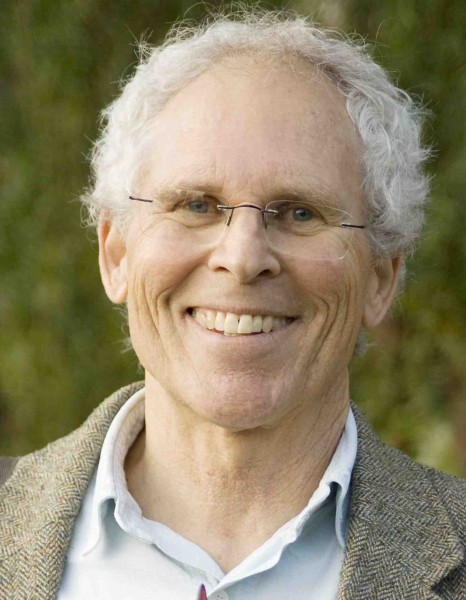Council’s “Bluff Overlay District” is a Slippery Slope (pun intended)

I was very disappointed to read that city hall had not run an initial study on the environmental consequences of diluting the mandated 25-foot setback on coastal bluff development projects.
Sadly, only one councilmember voted against approving this development dispensation until more information could be gathered. The bluff overlay district idea should be approached with the greatest of caution and deep awareness of the history of cliff erosion and collapse along California’s coast. Instead, I see little caution in our city council’s 4-1 vote to move forward with an ordinance relaxing the Coastal Act’s provision on setbacks from blufftops. Kudos to the one dissenting councilmember who quickly realized that much more information was needed before moving precipitously (my word, not his) on this important matter.
This winter’s local news coverage (KTLA Channel 5) of San Clemente homes “teetering on the edge” of cliffs provides visual representations of the perils of incautious home construction. San Clemente is not an isolated example of insufficient setback from cliffs. In 2011, a section of highway along Paseo del Mar in San Pedro collapsed into the ocean below. Ditto for Pacifica, California, in 2019, plus Del Mar and Encinitas later. Experts warn that nearly three-fourths of California’s coastlines are actively eroding, partly due to sea-level rise and ever-bigger waves and storms, putting at risk lives and property. According to The Guardian newspaper (Aug. 7, 2019), scientists say California could lose two-thirds of its beaches by 2100 due to these climate change-related forces.
In support of the majority-favored new ordinance, Laguna’s mayor reportedly stated: “[Without this], eventually what’s going to happen with all these properties is they’re never going to be able to do much to them, they’re going to start decaying and not be renovated and upgraded.” (Stu News Laguna, March 14, 2023) That argument puts the homeowners’ material self-interest above the Coastal Act’s construction and land use policies within the state’s entire coastal zone. Renovation and upgrading of homes in the coastal zone can and has occurred but must be done in accordance with stipulated standards. Unarguably, some projects may not meet those standards and, therefore, may not be permitted. That is the cost of having statewide coastal management. California voters decided long ago that such a cost is greatly outweighed by the benefits of having a protected and publicly accessible seaboard. To the mayor’s credit, he did ask the most salient question of whether the policy change favored by the council majority would “have some impact on the environment that maybe needs to be mitigated.”
How can the proposed policy change’s environmental impact(s) be known without conducting an initial study or possibly an EIR? And how can a policy change go forward without that critical information? To the councilmember who cavalierly dismissed the “absurdities” of CEQA, I suggest he research and interrogate the views of Professor Richard Frank and the UC Davis School of Law faculty who likely would be happy to school him on the intricacies and significance of CEQA. Readers should know that CEQA is highly complex, imperfect, and constantly being interpreted and reinterpreted (see the annually updated CEQA Statutes and Guidelines) by first-rate legal scholars intent on preserving California’s physical environment and cultural resources (e.g., Native American artifacts and burial sites). Simply put, like it or not, CEQA is the law and a good law that helps explain why California is a national leader and global influencer in environmental policymaking.
Before city hall moves any farther out on the slippery slope of approving development ever closer to the edge of our picturesque but not uniformly stable blufftops, I urge council to commission a thorough study of the environmental impacts of establishing a bluff overlay district. Remember, the environment bats last.
Tom Osborne is writing a history of California’s environmental leadership. In 2018 he authored Coastal Sage: Peter Douglas and the Fight to Save California’s Shore. With his wife, Ginger, he co-leads the Laguna chapter of Citizens’ Climate Lobby. [email protected].




